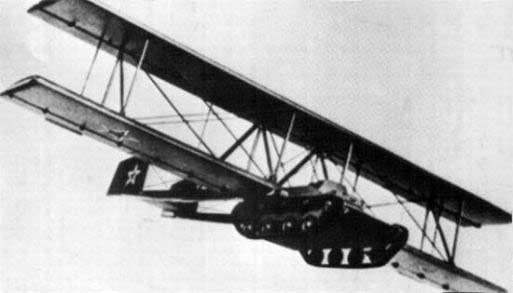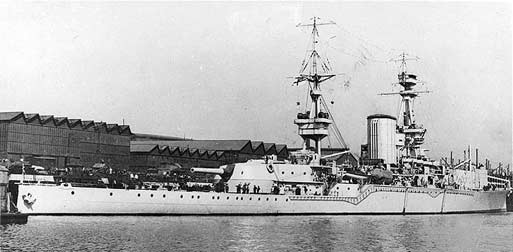

Well, given Akuns’ slightly Asian features (do you have any suspicion where he got those from?) it was more or less inevitable that his final weapon, his ultimate ace-in-the-hole would turn out to be his rocketship’s capability to turn into a giant, anthropomorphic robot. It’s like an id?e fixe – it starts out with the realization that there is a very small number of possible, if far-flung, scenarios where such a capability might almost be worth its (naturally immense) cost, but in the blink of an eye it has turned into an end in itself. When the idea’s cancerous growth is not hemmed, it will go on to consume more and more of a villain’s or empire’s resources. Some fictional empires have been known to spend an estimated 20 % of their military budget on weaponry – and 80 % on enabling that weaponry to double as kitchen appliances.
And keep in mind that there’s only a single, and rather marginal, advantage to be gained by giving something that type of transformation ability: if somebody fails to recognize the disguised robot for what it is (which theoretically can happen, if somebody’s not really looking hard. Or is blind to begin with.) you gain a momentary element of surprise. (Can work. Exactly once, tops.) And that little advantage, at what price? Very conservatively, combining two devices into one without severe loss of capabilities would inevitably drive up costs by a factor of ten or more – likely vastly more, in many cases*. And compromises need to be made, so if the devices in question are state-of-the-art, there’s just no way you would not have to sacrifice crucial capabilities.
And now let’s take a look at real-life examples of the concept. I submit for your consideration, the 1930ies Soviet airplane that could ‘turn into’ a tank after landing:

Underwhelmed? Another example: H.M.S. Furious – the half-a-battleship that could ‘turn into’ half-an-aircraft-carrier:

In conclusion, upgrading your arsenal of futuristic weaponry with transformation technology will leave you with a much reduced number of units of much reduced combat value, but you potentially gain the element of surprise – for one occasion, if at all. The whole concept is so overdrawn and ridiculous, it’s no wonder it’s a perennial favourite with villains.
But, anyway, I’m getting ahead of myself – after all, you can’t turn a rocketship into a robot by just pulling some lever. You have to use a slide to get to your command chair, then ride around in it for three or four scenes and then pull a lever. That part is obligatory, sorry – and it needs to be such a long ride, even if it all take place on a short vehicle. It’s not just about getting there, you know, it’s about lending the right mood and gravity to the situation. And about extending the obligatory transformation sequence with footage you can then use over and over and over again – at least twice per episode (if, for some reason or other, no actual transforming takes place in an episode, you can always include the transformation sequence as part of a flashback, or an erotic daydream, etc.)
The slide is usually the first step of the whole sequence – I’m not quite sure why it always has to be a slide, though. Probably it’s either to stress the urgency of the respective crisis situation, or to appeal to some infantile fascination with playground equipment in the audience (or the creators). It’s rather inconsiderate, though, towards characters who might happen to wear skirts or robes, as Akuns finds out in panel three.
*OK, that’s assuming the devices in question are more complex than a spoon and a fork.